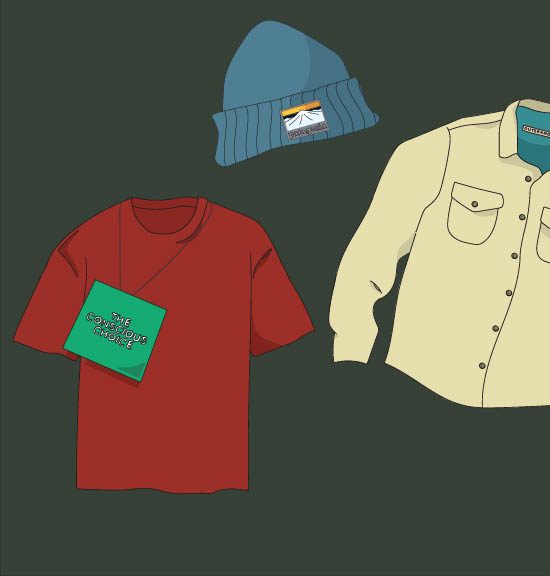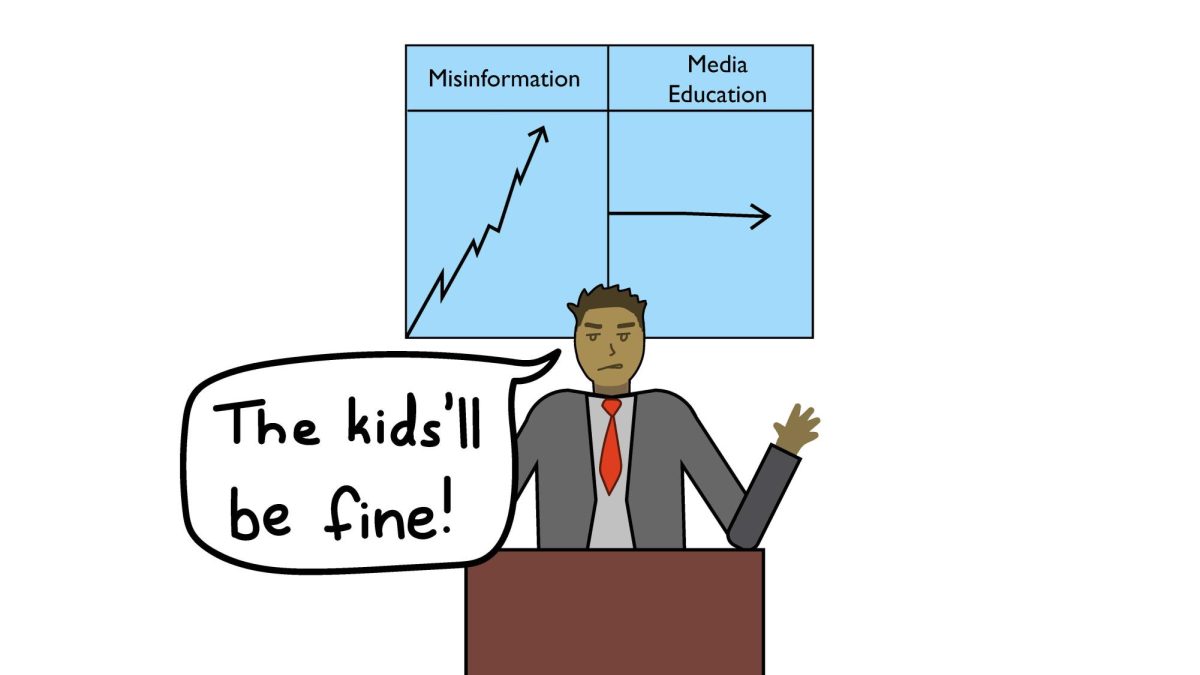Sustainability has become a key selling point for apparel brands. Consumers sporting labels like L.L.Bean, Columbia and The North Face may know that these brands and ones like them often pledge total eco-consciousness, since marketing eco-friendly materials and ethical production appeals to environmentally-conscious customers. However, not all brands are able to meet their own lofty standards. While many apparel and outdoor wear brands may claim to make sustainable commitments, they are often guilty of “greenwashing” — deceiving their customers into believing that a brand is more environmentally friendly than it actually is. Brands should take responsibility for their material sourcing, energy usage and labor practices, and they need to ensure that these practices are sustainable.
Despite claiming to be environmentally friendly, brands like H&M and The North Face have faced criticism from conservationists for their lack of genuine sustainability. Swedish apparel brand H&M came under fire in 2022 for greenwashing in one of several environment-related lawsuits against the company. H&M claimed that its recycling program, part of the company’s “Conscious Choice” line, allowed older garments to easily be converted into new clothes. The plaintiff, a New York resident, alleged that H&M’s sustainability marketing was deceptive because the recycling systems H&M purported to use were not commercially feasible to support the company’s large amount of sales. The plaintiff withdrew the suit in 2023, though following this lawsuit, H&M began phasing out its Conscious Choice collection. A similar lawsuit occurred the same year, claiming that the product line violated consumer protection laws by misrepresenting its sustainability. Refuting this, H&M claimed that the term they used to advertise, “most sustainable,” did not explicitly promise to be environmentally friendly, as stated in a summary of the case by Green Building Law Update. Similarly, The North Face has been criticized for its use of synthetic materials and its unfair labor practices, according to an investigative report by the Center for Research on Multinational Corporations, which claimed that the company did not pay many of its international workers a living wage. Critics have also voiced concerns about the brand’s parent company, VF Corporation, for their lack of transparency on The North Face’s environmental commitments, including eliminating single-use plastic packaging and achieving 100% renewable energy use.
However, many other outdoor brands have truly dedicated themselves to creating sustainable products, creating examples for other clothing lines to follow. Patagonia, which has been lauded for its eco-efficiency, is making strides in sustainability with its Worn Wear program that sells reused and recycled products. Through this program, customers can trade in used gear for store credit or buy lightly worn products. One percent of Patagonia’s sales profits go towards environmental preservation, which has allowed them to contribute an estimated $100 million annually to wildlife conservation groups, according to the World Economic Forum. Patagonia also prioritizes transparency. Its website, The Footprint Chronicles, allows customers to track the environmental impact of its products, breaking down the process from raw materials to delivery. Brands like Outerknown and prAna are both Bluesign-approved companies, meaning that they follow the organization’s principles of keeping harmful chemicals out of clothing. Bluesign is a company that partners with several apparel brands to reduce the usage of harmful substances in clothing. Currently, 35% of prAna’s clothing uses Bluesign-certified materials like natural fibers and recycled nylon shells, and they’re aiming to increase it to 80% by 2030. Similarly, Outerknown exclusively uses materials with the Bluesign label, and 95% of the materials in its clothing are sustainable fibers, such as cotton and hemp.
Unfortunately, sustainability efforts can come with a high price tag. Ethical brands ensure that their workers are paid a living wage, which can increase product costs. Brands working to meet sustainability goals tend to use higher-quality materials in their clothing. These materials are more expensive; for example, plain cotton costs over 25% more than polyester. While brands may want to commit to sustainability, the price of manufacturing can be a roadblock, and high costs have the potential to drive customers away. One way to make sustainable fashion more accessible is for the government to offer subsidies to companies that offset the higher material and labor costs. Similar subsidies, known as Green Business Grants, are already offered in small amounts by the government and large nonprofit organizations to brands that focus on eco-consciousness. Customers, meanwhile, can lessen their own impact by buying less, prioritizing quality and durability in their clothing, repairing clothing rather than throwing it out and shopping second-hand more often.
Disingenuous sustainability claims have the potential to harm both the consumer and the environment. As the world becomes more mindful of climate vulnerability, companies should take this chance to lead their customers towards climate awareness by example. Rather than making commitments they do not honor, brands need to set realistic, transparent targets for their environmental impact. The greenwashing lawsuits against H&M were largely due to the company’s unattainable promises. More brands should follow in Patagonia’s footsteps by being fully transparent with their customers, encouraging gear repairs, upcycling and recycling and pursuing government support to finance these goals. When brands make a promise to the environment and their audience, breaking it is not an option.










